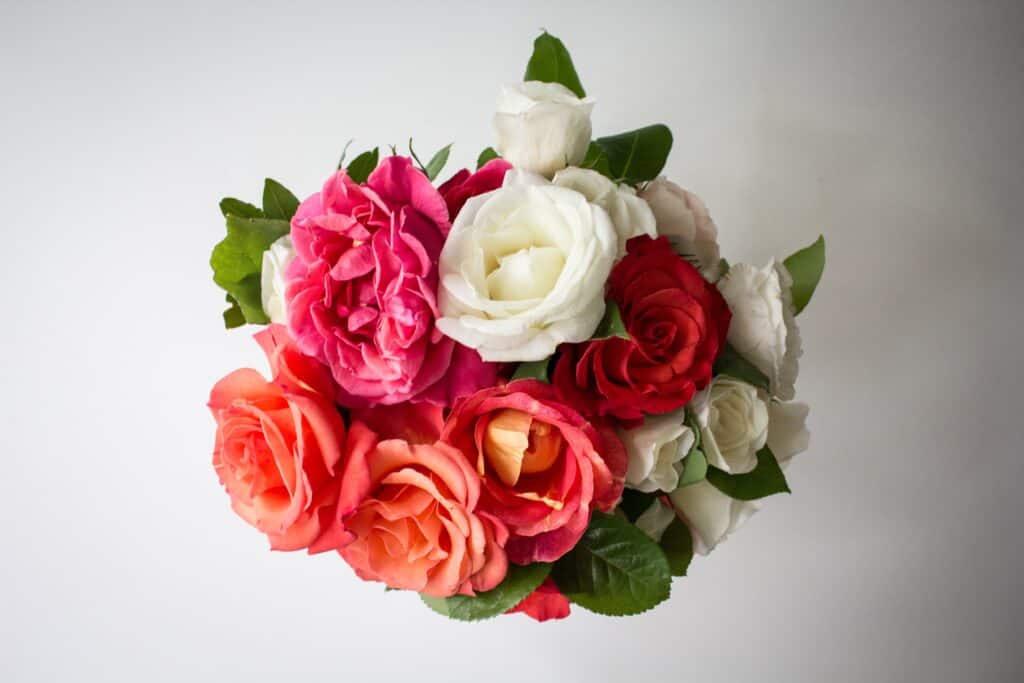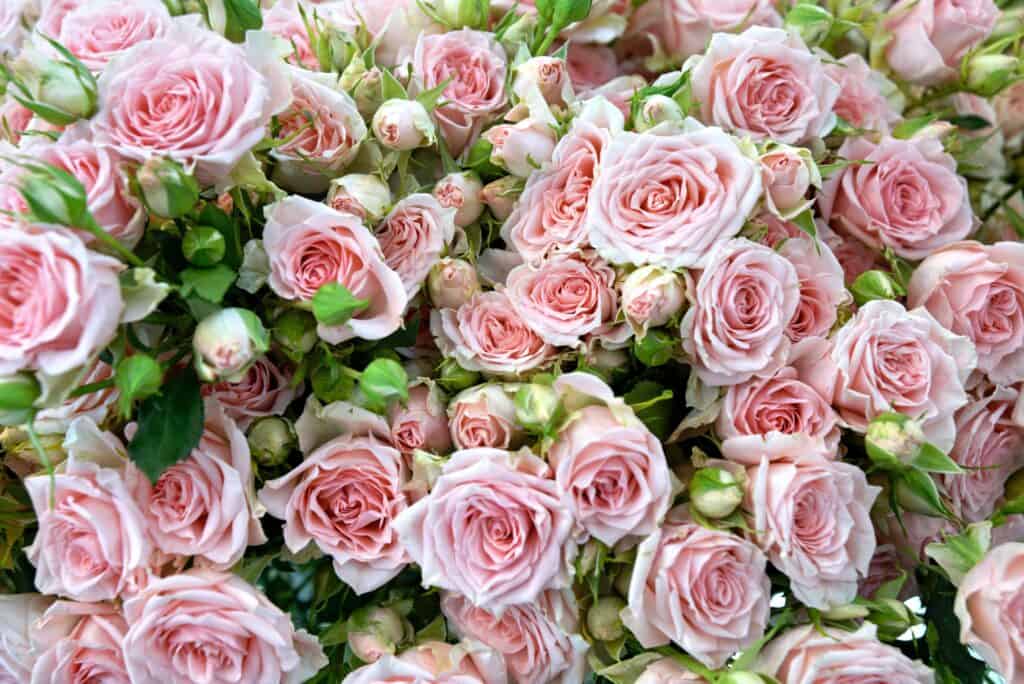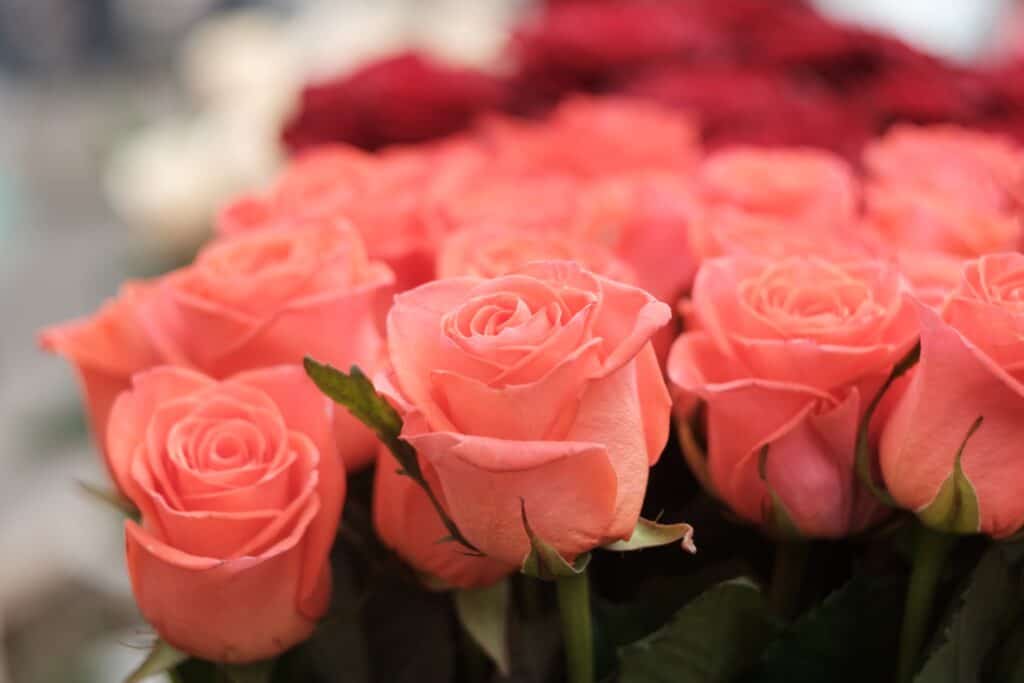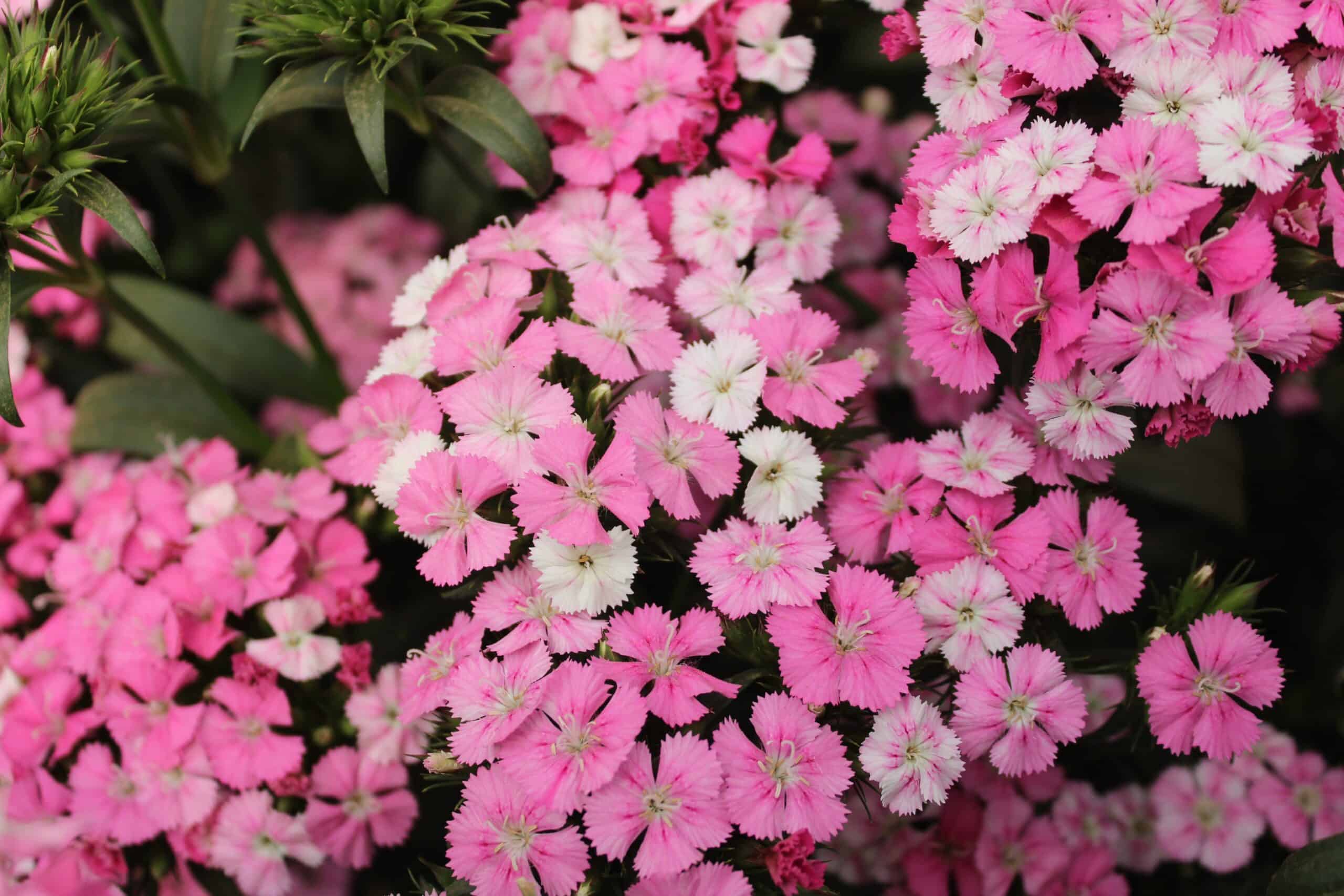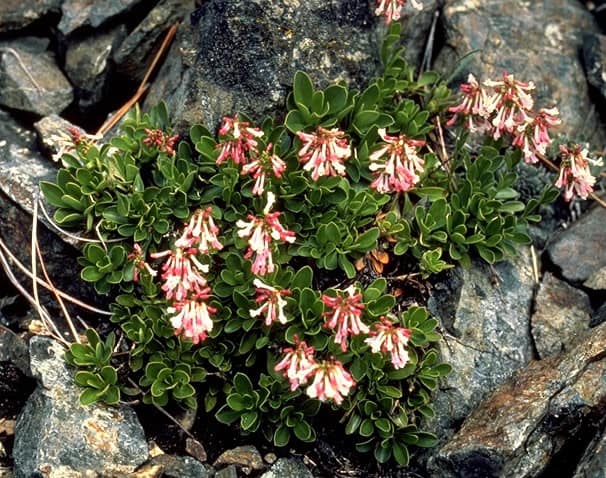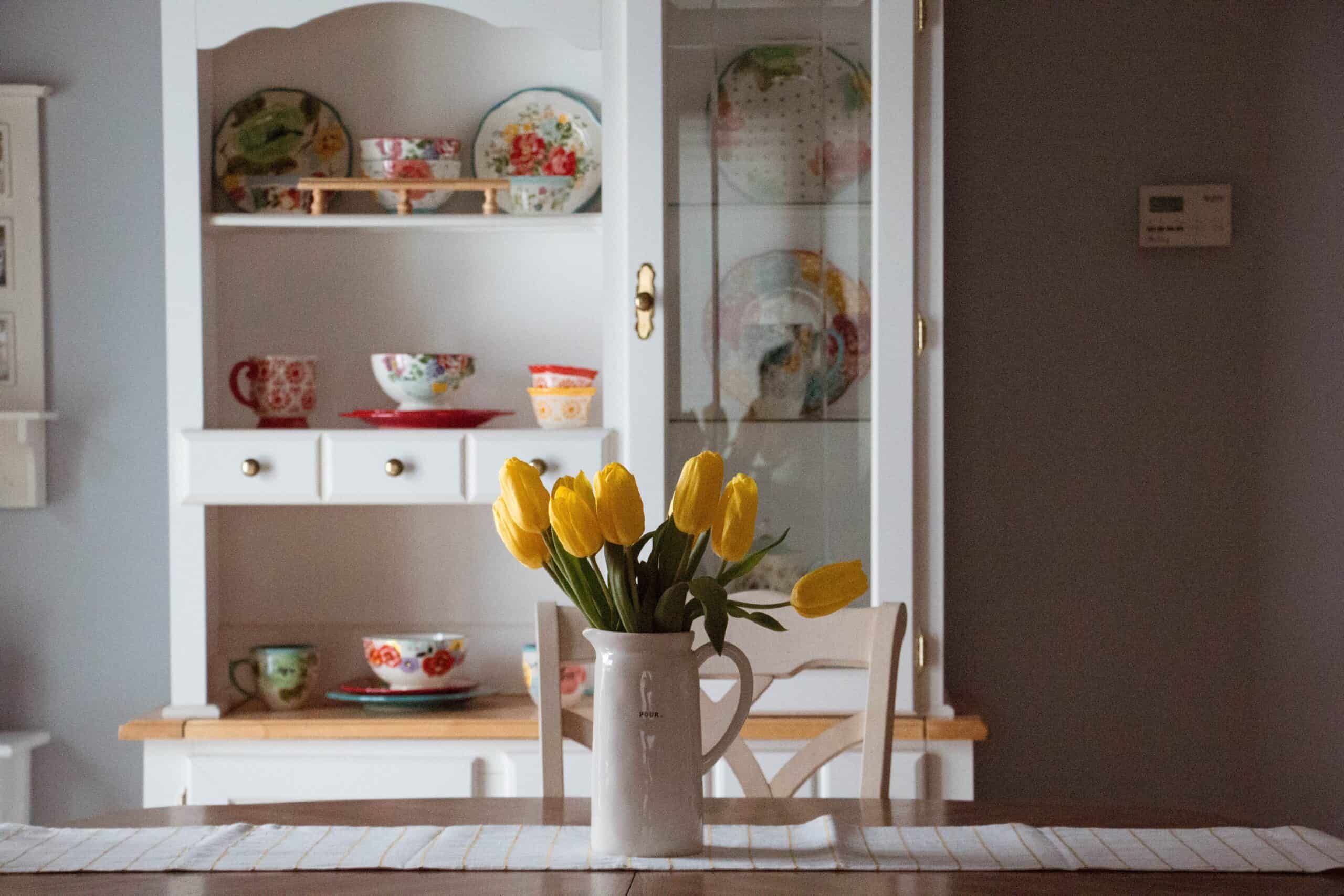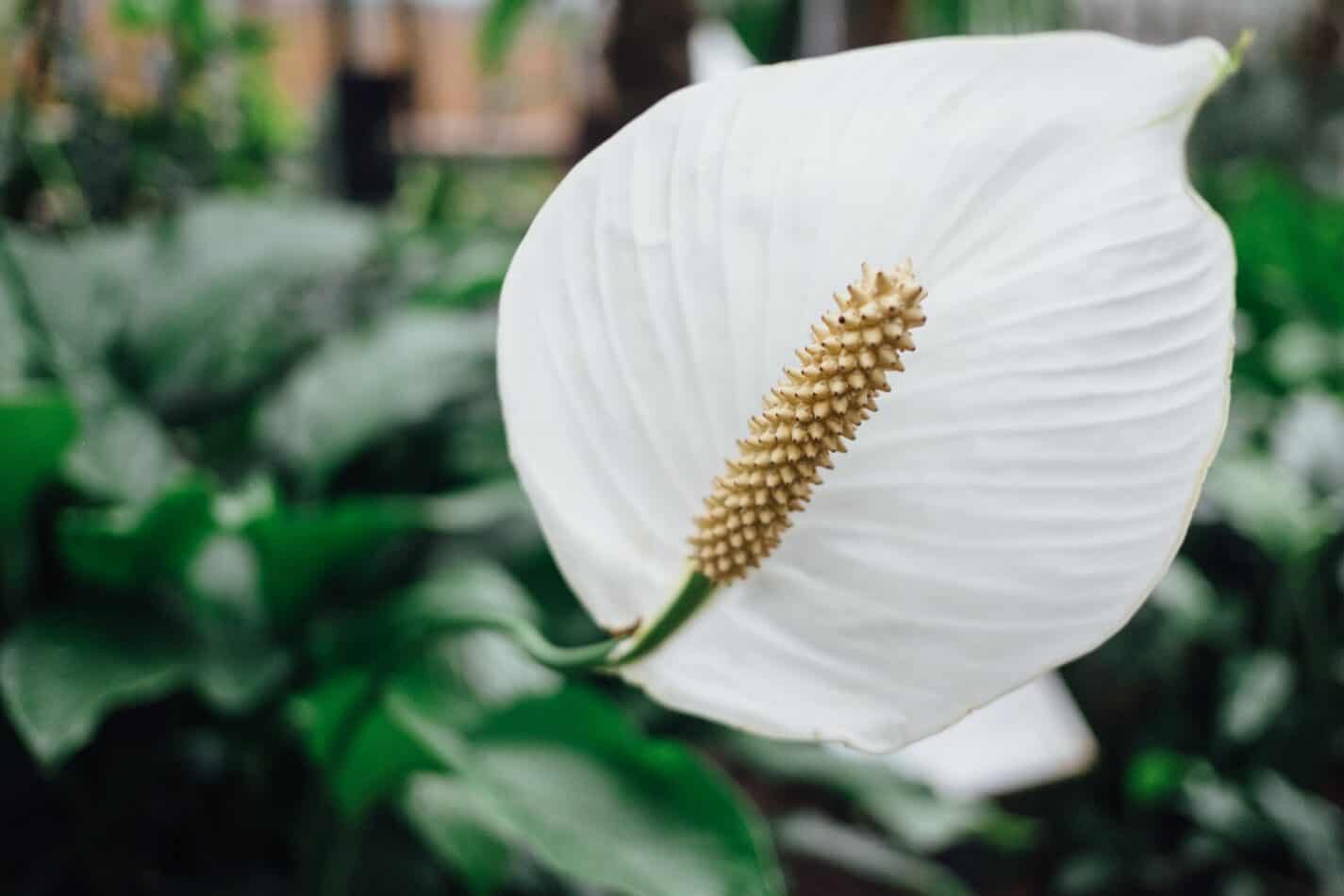If you have a shady garden, don’t despair! We have all the secrets on how to choose roses for a shady garden! There are many beautiful roses that will thrive in the cooler, shadier conditions. Whether you’re looking for climbing roses to cover a wall, or shrub roses to fill a border, there’s a rose for every garden style. In this article, we’ll be exploring the top 10 roses that are perfect for planting in a shady garden, from hybrid tea roses to shrub roses, each with its own unique beauty and fragrance. Read on to discover which roses will flourish in your shady oasis.
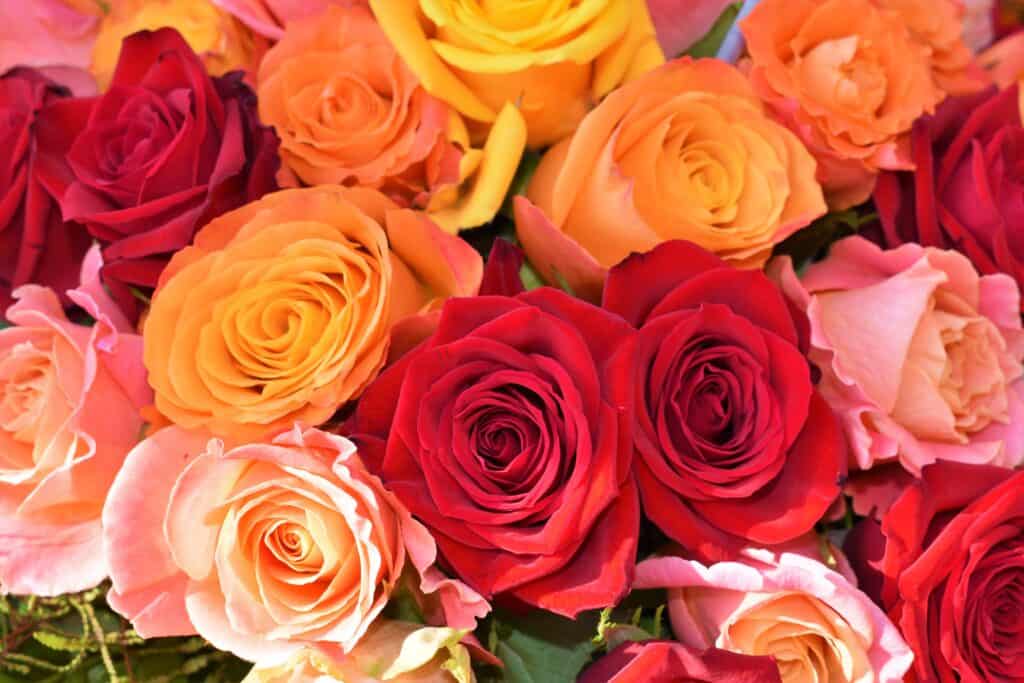
How to Choose Roses For a Shady Garden
- Rosa ‘Darlow’s Enigma’ is native to the United Kingdom and is hardy in USDA Growing Zones 5-9. This shrub rose typically grows to a height of 3 to 4 feet, producing deep pink flowers that have a strong fragrance. It is a disease-resistant variety, and can thrive in partial shade conditions.
- Rosa ‘Grootendorst Supreme’ is native to the Netherlands and is hardy in USDA Growing Zones 5-9. This hybrid tea rose typically grows to a height of 4 to 5 feet, producing clusters of deep red flowers that are highly fragrant. This variety is also disease-resistant, and can grow well in partial shade conditions.
- Rosa ‘Zephirine Drouhin’ is native to France and is hardy in USDA Growing Zones 6-9. This climbing rose typically grows to a height of 10 to 20 feet, producing delicate pink flowers with a sweet fragrance. This variety is known for its ability to grow in shade conditions and its disease resistance.
- Rosa ‘Summerland Perfume’ is native to England and is hardy in USDA Growing Zones 5-9. This shrub rose typically grows to a height of 3 to 4 feet, producing clusters of fragrant yellow flowers. This variety is disease-resistant, and can thrive in partial shade conditions.
- Rosa ‘Kiftsgate’ is native to England and is hardy in USDA Growing Zones 5-9. This climbing rose typically grows to a height of 20 to 30 feet, producing masses of white flowers that have a strong fragrance. This variety is known for its ability to grow in shade conditions and its disease resistance.
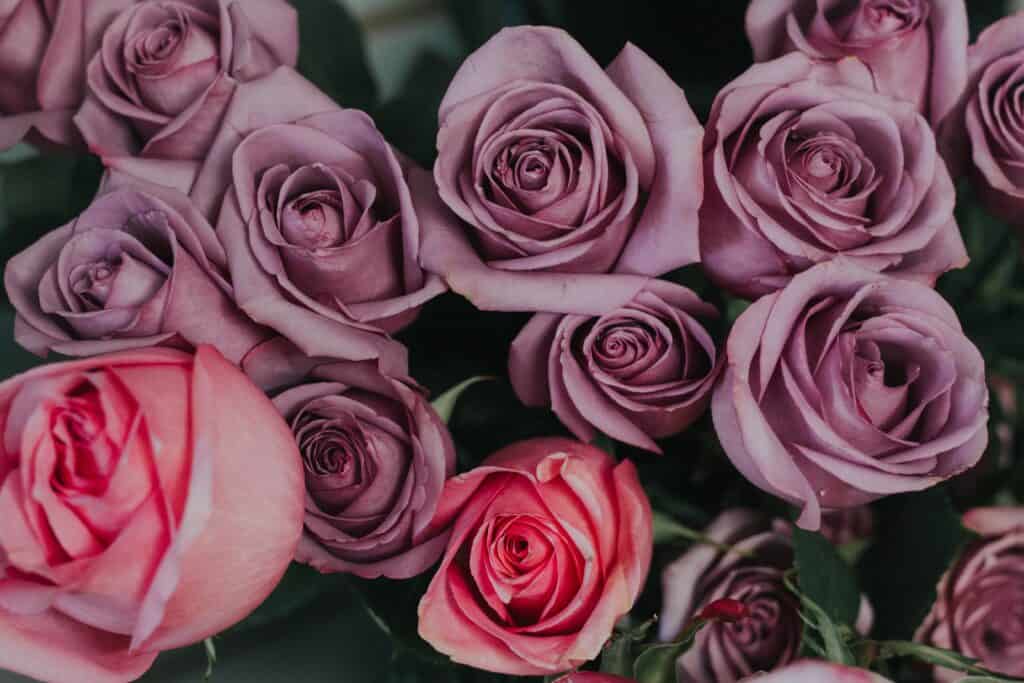
- Rosa ‘L.D. Braithwaite’ is native to England and is hardy in USDA Growing Zones 4-9. This shrub rose typically grows to a height of 3 to 4 feet, producing deep red flowers that have a sweet fragrance. This variety is disease-resistant, and can thrive in partial shade conditions.
- Rosa ‘Maiden’s Blush’ is native to England and is hardy in USDA Growing Zones 4-9. This shrub rose typically grows to a height of 3 to 4 feet, producing delicate pink flowers. This variety is disease-resistant, and can thrive in partial shade conditions.
- Rosa ‘Madame Isaac Pereire’ is native to France and is hardy in USDA Growing Zones 5-9. This shrub rose typically grows to a height of 4 to 5 feet, producing large, deep red flowers that have a strong fragrance. This variety is disease-resistant, and can thrive in partial shade conditions.

- Rosa ‘Jubilee Celebration’ is native to England and is hardy in USDA Growing Zones 5-9. This shrub rose typically grows to a height of 3 to 4 feet, producing large clusters of yellow flowers that have a strong fragrance. This variety is disease-resistant, and can thrive in partial shade conditions.
- Rosa ‘Mary Rose’ is native to England and is hardy in USDA Growing Zones 4-9. This shrub rose typically grows to a height of 3 to 4 feet, producing delicate pink flowers with a sweet fragrance. This variety is disease-resistant, and can thrive in partial shade conditions.
Top tips – Caring for Roses in a Shady Garden
Here are some tips on how to care for roses in a shady garden:
- Soil – Ensure that the soil is well-draining and has a slightly acidic pH of 6.0 to 6.5. This will provide the right conditions for your roses to grow and thrive. If necessary, amend the soil with compost or other organic matter to improve its structure.
- Watering – Water your roses regularly, but avoid getting the foliage wet to prevent fungal diseases. Roses in shady gardens may need less water than those in full sun, so be mindful of the moisture levels in the soil and adjust watering as needed.
- Fertilizer – Apply a balanced fertilizer monthly to provide the necessary nutrients for healthy growth. Choose a fertilizer that is specifically formulated for roses and follow the instructions carefully.
- Pruning – Prune your roses regularly to maintain their shape and encourage new growth. Pruning helps to remove old and diseased wood, allowing your roses to put their energy into producing healthy new growth.
- Mulching – Mulch the soil around your roses to help conserve moisture and suppress weeds. A 2-3 inch layer of organic mulch, such as bark chips or leaves, will help keep the soil cool and retain moisture. Additionally, it will also suppress weed growth, reducing the need for weed control measures.
- Location: Choose a location that receives dappled sunlight or is partially shaded. Avoid planting roses in deep shade as they will not receive enough light to grow and bloom effectively.
- Fertilizing: Apply a balanced fertilizer monthly to provide the necessary nutrients for healthy growth. Choose a fertilizer that is specifically formulated for roses and follow the instructions carefully.
By following these simple tips, you can keep your roses healthy and beautiful for many years to come, even in a shady garden.
Common Weeds
In a shady garden, some common weeds that may compete with roses for water, light, and nutrients include:
- Ground Ivy (Glechoma hederacea): A creeping weed with small, round leaves and blue-purple flowers, ground ivy can be difficult to control.
- Dandelion (Taraxacum officinale): A well-known weed with bright yellow flowers and large, toothed leaves, dandelions can spread quickly and compete with roses for space and nutrients.
- Common Chickweed (Stellaria media): A delicate weed with small, white flowers, common chickweed is common in shady areas and can spread rapidly if left uncontrolled.
- Wild Violet (Viola odorata): A low-growing weed with small, heart-shaped leaves and purple flowers, wild violets can be difficult to control and can compete with roses for moisture and nutrients.
- Wild Garlic (Allium vineale): A weed with narrow, green leaves and small, white flowers, wild garlic has a distinctive garlic odor and can quickly take over a shady garden if not controlled.
These weeds can be controlled through mulching, hand-pulling, and the use of herbicides. Regular weeding and maintenance can help ensure that your roses receive the necessary nutrients and light to grow and thrive.
How to Feng Shui Your Roses
Feng shui is the ancient Chinese art of placement and design, which is believed to bring balance, harmony, and positive energy to a space. Here are some tips on how to feng shui your roses in a shady garden:
- Placement: In feng shui, the placement of plants is important. If possible, place your roses in the east or southeast sector of your garden, as these sectors are associated with growth, prosperity, and abundance.
- Grouping: Grouping plants together in threes or fives is believed to bring positive energy and good luck in feng shui. Consider planting your roses in groups of three or five, or alternating them with other plants to create a harmonious arrangement.
- Water Element: In feng shui, water is associated with wealth, prosperity, and abundance. Consider adding a small fountain or pond to your shady garden to enhance the positive energy of your roses.
- Shape: In feng shui, the shape of your garden is also important. Consider creating curved paths or borders in your shady garden, as curves are believed to bring a more gentle and harmonious energy.
- Color: In feng shui, colors play a significant role in creating a harmonious and balanced environment. Consider adding plants with colors that complement your roses, such as ferns or hostas, which have lush green leaves that will bring balance and harmony to your shady garden.
By applying these feng shui principles, you can create a harmonious and positive energy in your shady garden that will help your roses thrive and flourish.
What we love from Amazon this week
Buy these wonderful flowers directly from Amazon:



